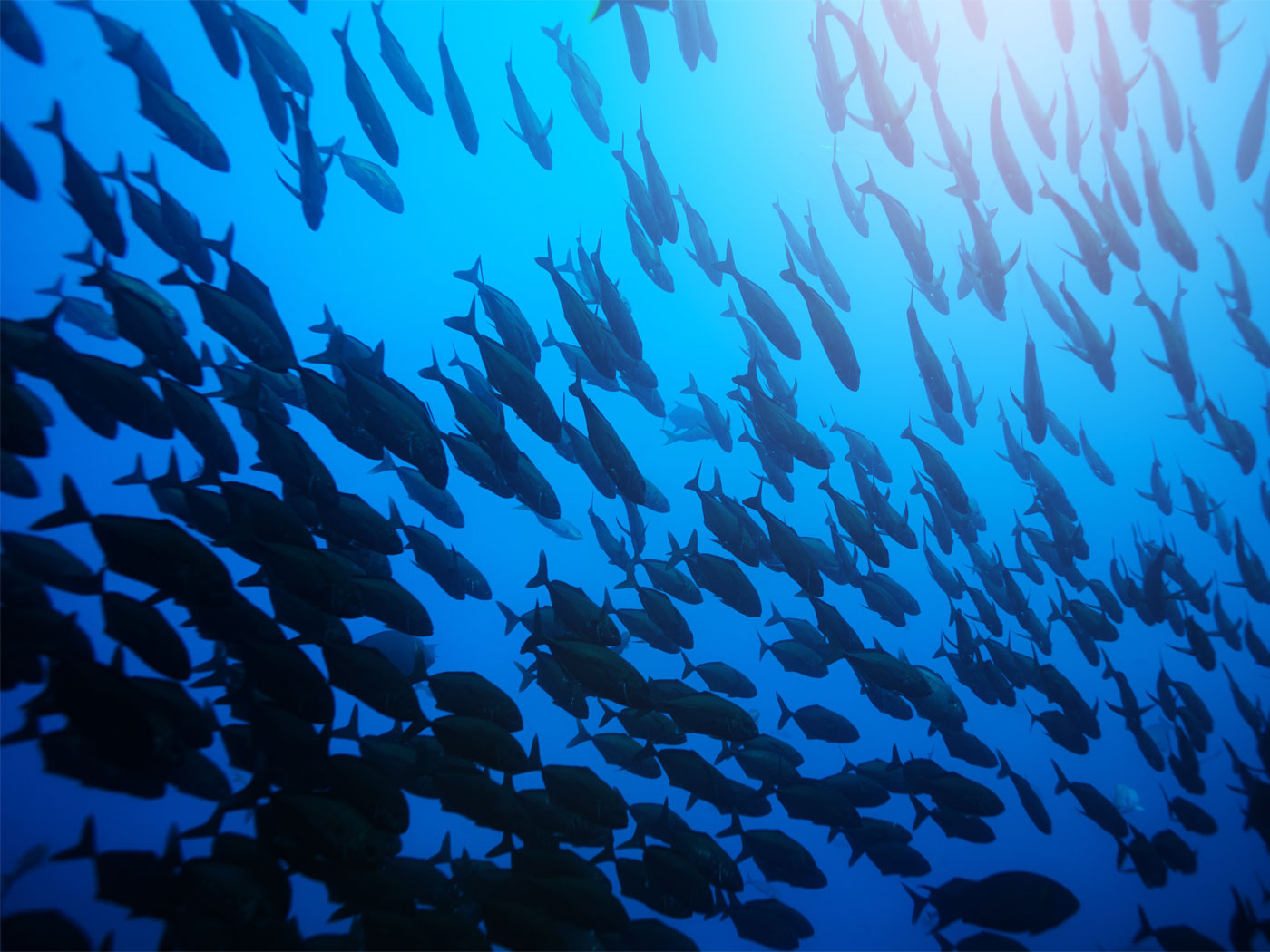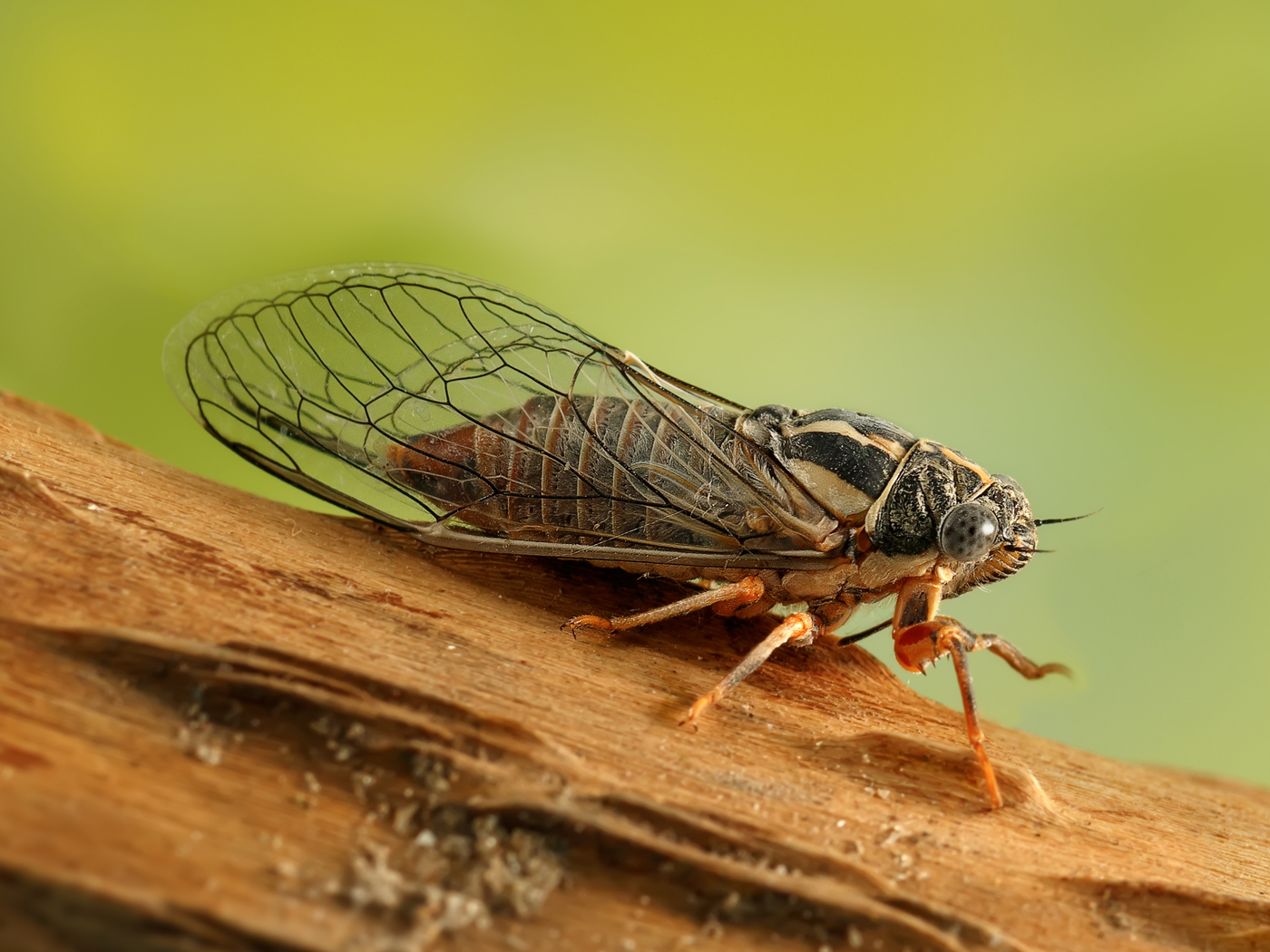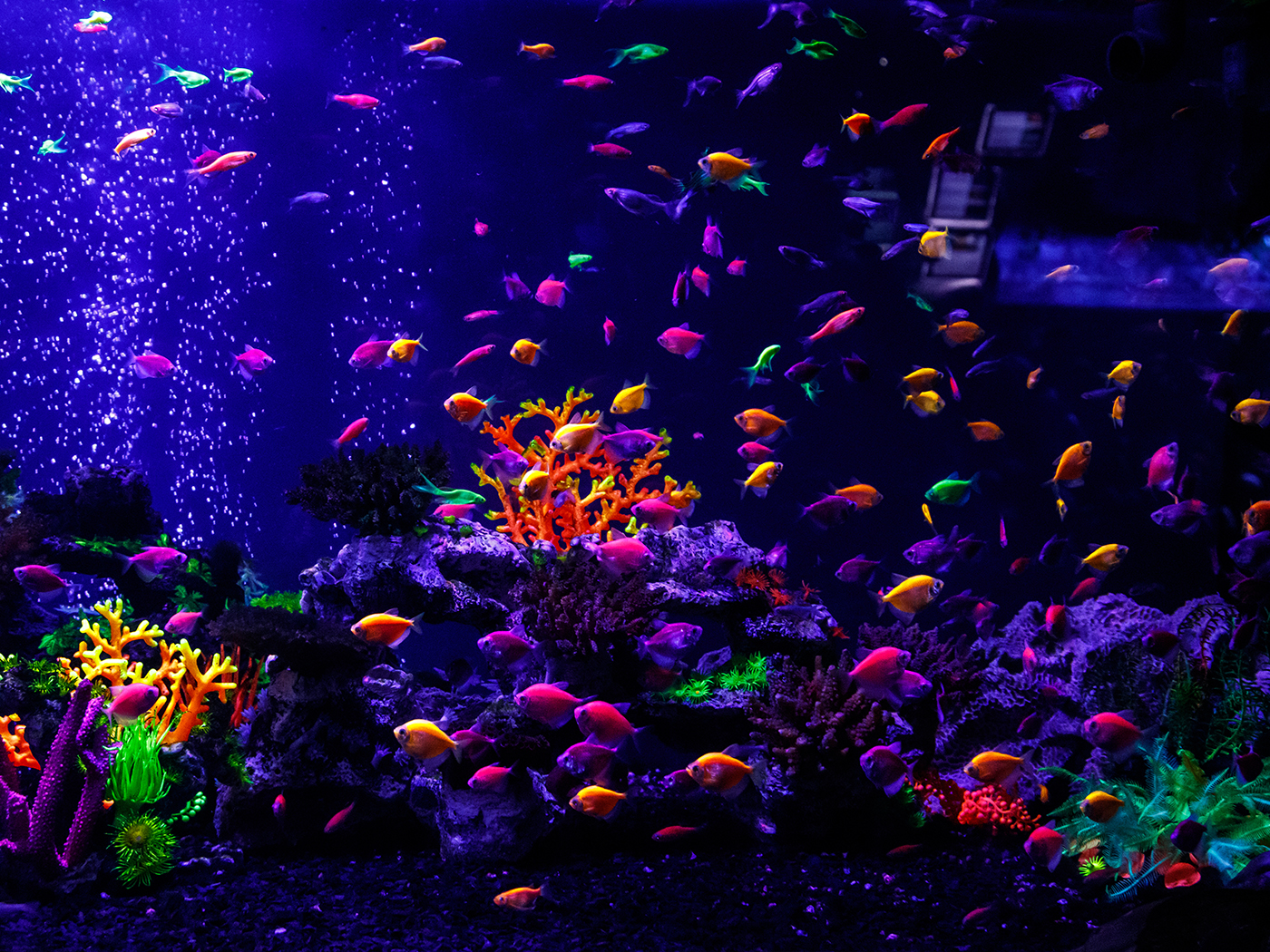The human hand is undeniably a work of wonder. Its layout and suite of design features enable mankind―the only possessors of this particular arrangement of bones, tendons, muscles, and nerves―to type faster than 60 words per minute or swing a heavy hammer while holding a delicate potato chip. What would it take to duplicate a human hand?
A series of robotic facsimiles of human hands have been developed, but none have approached the range of functions of the original. The latest and most advanced robot hand was recently described in the journal Smart Materials and Structures by two Virginia Polytechnic researchers.1 Their invention was supposedly optimized "to achieve near-human appearance and performance," according to a description on Physorg.com.2 But how close was it really?
The authors described the painstaking efforts that were required to build their robotic right hand and forearm called a "DART," which can be seen slowly plunking away at a keyboard on an online video accompanying the Physorg article. Plainly, the plodding DART was no match for the human hand and nervous system, which uses an "anticipatory function" to type 60 and more words per minute.3
In order to mimic the human hand…which is the "single best tool for building, digging, grasping, drawing, writing, and many other tasks"2…the engineers had to design a mechanism with the same proportions, dimensions, and features, including resilience, "dense sensing systems," touch, and tension sensors.
Their study quoted creation scientist and 19th-century anatomist Charles Bell, who wrote an entire book on the human hand and extolled its virtues. But while these authors honored "Nature," even capitalizing the word, as the creator of the hand,1 Bell rightly honored God as its Creator. This is evident in one of his work's titles, The Fourth Bridgewater Treatise on the Power, Wisdom, and Goodness of God as Manifested in the Creation: The Hand; Its Mechanism and Vital Endowments as Evincing Design.4
So, on the one hand, the DART designers recognized that "opening doors, reaching objects, typing on a keyboard…are simple tasks for a human to perform but the interaction between the brain, senses and muscle motion in the human body is very difficult to replicate in robotics." It is so difficult, in fact, that their best efforts only reached 10 percent of the "functional potential" of the human hand.1
But on the other hand, they presumed that the vastly superior human hand which served as their model just "emerged" in the universe. Without any focused effort, it had somehow evolved "based on the demands placed on it by the environment."1
So, which was it, God or "Nature"? The very fact that these engineers had to exert so much brainpower and manpower to build their remarkable―yet still inferior―DART hand ought to make the answer clear. Nature has no brainpower or manpower, but God has all power.
Honoring "Nature" as the ultimate source of human hand construction is both unreasonable and exemplifies the apostle Paul's ancient assessment of people "who changed the truth of God into a lie, and worshipped and served the creature more than the Creator, who is blessed for ever."5
References
- Thayer, N. and S. Priya. 2011. Design and implementation of a dexterous anthropomorphic robotic typing (DART) hand. Smart Materials and Structures. 20: 035010.
- Zyga, L. Robotic hand nearly identical to a human one. PhysOrg.com. Posted on physorg.com February 18, 2011, accessed February 26, 2011.
- Guliuzza, R. 2009. Made in His Image: The Connecting Power of Hands. Acts & Facts. 38(10): 10-11.
- See Dao, C. 2008. Man of Science, Man of God: Charles Bell. Acts & Facts. 37(6): 8.
- Romans 1:25.
* Mr. Thomas is Science Writer at the Institute for Creation Research.
Article posted on March 4, 2011.




























